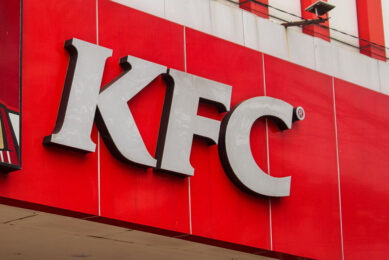Successful poultry retailing starts with the client

Producing or processing poultry meat is one thing, being successful in selling it, is a profession in itself. The success retailers have in marketing the poultry sector’s produce depends on knowing your client. Establishing a client ?database is key to client retention for retail poultry departments.
It is a well known cultural adage that ‘knowledge is power’. This is especially true in the retail industry where the success of the retailer is directly proportional to how well he knows his clients’ needs and consequently satisfies them. If the client’s needs are not known then it is inevitable that their needs will not be properly satisfied thus resulting in a high percentage of churn- that is client loss to competitors.
This principle is especially relevant for the meat and poultry departments that sell the basic meat and poultry items that will be fed to their clients’ families. Clients are very particular about the quality of the meat and poultry they buy; the price they pay and the quality of service they receive.
Client database
A market research study can determine the client’s level of satisfaction concerning the four marketing P’s- Price, Place, Promotion and Product. The results of the study would help the meat department adapt its marketing elements to better satisfy their clients. That is the first step. This article goes one step further in that it calls for the establishment of a ‘client database’ of all of the meat department’s clients. What is the purpose of this database and is it worth the effort and time?
Turning knowledge into profit
Basically, if ‘knowledge is power’- ‘knowledge of your clients is Profits!’ First step is to set up the database following a set procedure. Each client that buys meat is given a questionnaire to fill out. He is given the incentive of a 5-10% discount on his next purchase when he hands it in at his next purchase. The questionnaire will contain questions such as: what products does s/he buy; how much of each; satisfaction level; what products s/he would like sold; satisfaction with level of service and personal questions such as: names of family members; their birthdays; male or female; their age; wedding anniversary, etc. To motivate clients to give their personal information the form will indicate that they may be entitled to ‘birthday and anniversary gifts’.
Happy clients
What will all this information be used for? Customer satisfaction and retention. All the information will be placed into a client database linked to an e-mail programme with fliers for different purposes. E-mails will be sent out to parents before birthdays congratulating them and offering them a discount on meats for a nice barbecue meal for their child’s upcoming birthday. Of course the meat department will already know the child’s and parent’s favourites so they can suggest the right package. Home delivered with drinks and plates- this touching sign of care and remembering will be chalked up as a great customer retention act. Of course the same can be arranged for the birthday of a spouse- a nice e-mail to the wife suggesting a nice party package for the husband’s upcoming birthday. A package sale and happy clients are the result.
In addition to special events, feedback requests; discount vouchers; specials of the week and recipes can be regularly sent out. The point is to stay in contact with the clients and show them that you care about them and are focused on their needs. The net result – higher levels of client satisfaction and retention as well as a more profitable meat department and higher volumes sold. A result with the biggest payback for the retail departments, but with a reach far greater along the chains of the poultry sector supplying the supermarkets.













